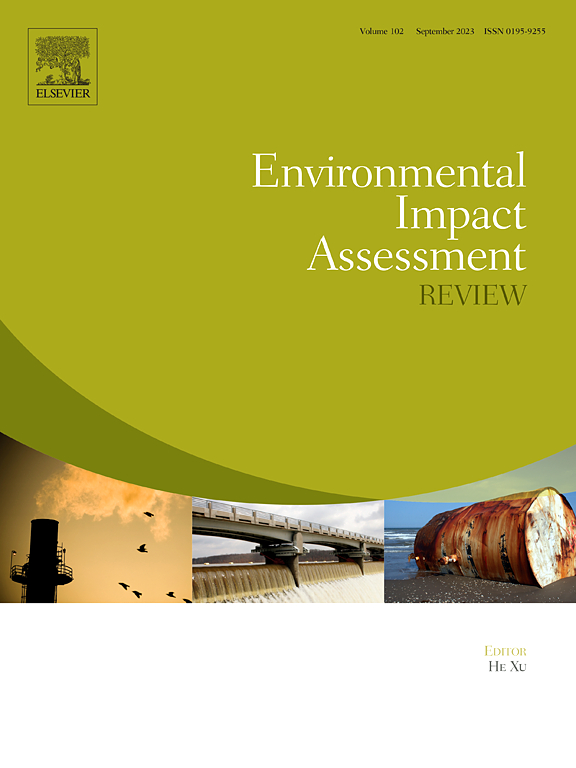Digital enterprise distribution and green total factor productivity: A spatial agglomeration perspective
IF 9.8
1区 社会学
Q1 ENVIRONMENTAL STUDIES
引用次数: 0
Abstract
The digital economy and enterprise agglomeration are vital drivers of modern economic development, and improving green total factor productivity (GTFP) is a key path to sustainable growth. Prior research in this area isolates the effects of the digital economy and economic agglomeration on GTFP, and few studies have explored the agglomeration of digital enterprises. This paper constructs a unique micro-level geographic dataset containing 13,371,283 Chinese digital enterprises and uses a distance-based Duranton and Overman index to measure digital enterprise agglomeration (DEA) in 278 cities from 2007 to 2019. Based on agglomeration externalities and resource allocation theories, we examine the nonlinear and spatial relationship between DEA and GTFP by matching micro-level enterprise data with macro-level city data. We also identify the mechanism using spatial mediating effect models. We find that DEA has a positive “U-shaped” correlation with GTFP, and that DEA has spatial spillover effects on neighbouring GTFP. The heterogeneity analysis indicates that DEA's impact on GTFP varies greatly depending on the city's conditions. In addition, capital misallocation and green technology innovation act as mediators between DEA and GTFP, but labour misallocation does not. Accordingly, we contend that the government should reform the household registration, land, and social security systems to promote the circulation of digital talents across regions, releasing the digital agglomeration and spatial spillover effects of provincial capitals and sub-centre cities. Finally, DEA strategies and green transformation policies should be dynamically adjusted in combination with the local industrial base and digital development conditions.
求助全文
约1分钟内获得全文
求助全文
来源期刊

Environmental Impact Assessment Review
ENVIRONMENTAL STUDIES-
CiteScore
12.60
自引率
10.10%
发文量
200
审稿时长
33 days
期刊介绍:
Environmental Impact Assessment Review is an interdisciplinary journal that serves a global audience of practitioners, policymakers, and academics involved in assessing the environmental impact of policies, projects, processes, and products. The journal focuses on innovative theory and practice in environmental impact assessment (EIA). Papers are expected to present innovative ideas, be topical, and coherent. The journal emphasizes concepts, methods, techniques, approaches, and systems related to EIA theory and practice.
 求助内容:
求助内容: 应助结果提醒方式:
应助结果提醒方式:


